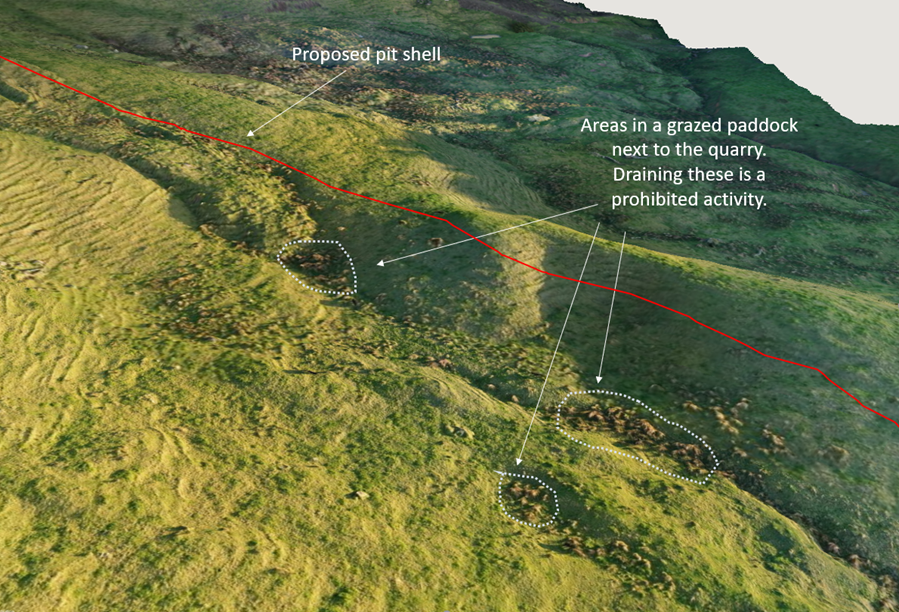In early December 2022, the Government’s revised regulations on wetland development were gazetted.
It was a win for the quarry sector led by the AQA, but CEO Wayne Scott says there was no case for popping corks.
“Councils began interpreting the initial rushed regulations to mean that no development could take place across virtually any land that got wet.
We are relieved to see these amended but for some quarries it’s come at considerable cost.”
Environment Minister David Parker says the amended regulations provide special consenting pathways for industries including quarries and landfills.
“The consenting pathway has high threshold tests that relate to the significance of the activity, and if it needs to occur in that location or there is no practicable alternative location.”
An effects management hierarchy requires that an impact is avoided where practicable, mitigated or offset.
“This will ensure there is no net loss of wetlands,” says the Minister.
The definition of a ‘natural inland wetland’ has also been clarified, making it easier to undertake activities that maintain and restore them.
Wayne Scott says quarries are crucial activities that are almost always located in locations where there is no practicable alternative and often work to offset any environmental impacts such as by extensive planting.
He believes quarries will be able to work within the amended regulations and says the Minister deserves some credit.
“At an early stage he fronted up to the mistake in the 2020 regulations and set about getting a solution. That’s not always the case with a Minister.
“We’ve also had good engagement with officials from the Ministry for the Environment including getting a couple of them up to see Auckland quarries being badly impacted by the original wetlands definition.”
But Wayne Scott says the error forced some quarries to develop uneconomic areas while holding up other quarry developments.
“This was the unintended consequence of rushing through the regulations. The Minister and his officials spun the wheels of Government as fast as they could but it added costs and uncertainty for our members.”
He says the AQA’s estimate is the faulty regulations held up about 15 million tonnes of production a year. While quarries worked to find alternative sources, it was often from less economic areas of their sites.
“They have also lost two stripping seasons to get some areas ready to access rock and aggregate.”
Wayne says one greenfield quarry site in Waikato has been unable to proceed and another lower North Island operator was going to walk away from a quarry development.
“I urged him to hang in there as I knew we would get a resolution.”
Wayne Scott says the message Government officials should take from the need to revise the regulations is to talk to the quarry sector ahead of drafting.
“We are happy to discuss ideas or review early drafts. If they choose not to listen to us that’s their call but at least they will have the industry’s views. It may help avoid costly delays and rectifications such as we see in today’s amended regulations.”
Caption. These were some of the areas so-defined as ‘wetlands’ which would have prohibited development under the now amended regulations.




